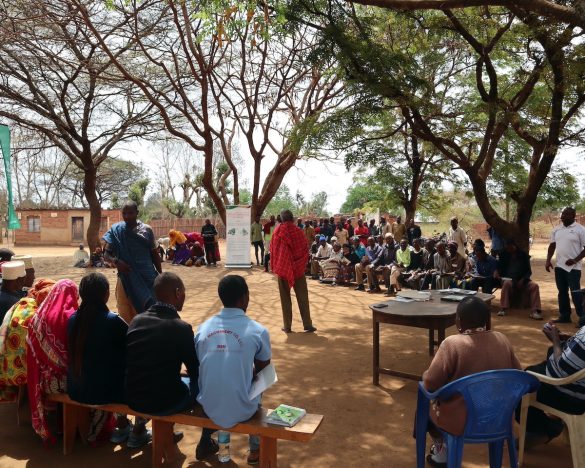Prioritising the key elements of sustainable intensification
OnJanuary 16, 2012
11 Comments
The project recognizes that sustainable intensification is complex and multidimensional, and that a small project of this nature cannot address all aspects. The project will therefore specifically focus on the intersection between crops and livestock in relation to:
- Improved food-feed crop varieties (those with good grain yields as well as quantity and quality of crop residues for feed)
- Trade offs in biomass (mostly crop residue) use (such as between using crop residues as feed, for soil fertility, or for fuel)
- Crop husbandry, management and combinations of cereals, legumes and other crops that help to maximise biomass production
- Management of diverse feed resources for animal production
- Investigating institutional arrangements to enhance access by smallholder farmers to markets and services
- Optimising the long term sustainability of any interventions through the use of participation and innovation platforms
- Farmers and other stakeholders’ views on potential major options to improve biomass production and marketing through identifying opportunities and constraints.
- Do you agree with our focus on the intersection between crops and livestock? Are we excluding any important elements?
- Are the aspects proposed appropriate? Is anything missing? Are there too many?
- Should any of these aspects be prioritized before others?





Latest Comments